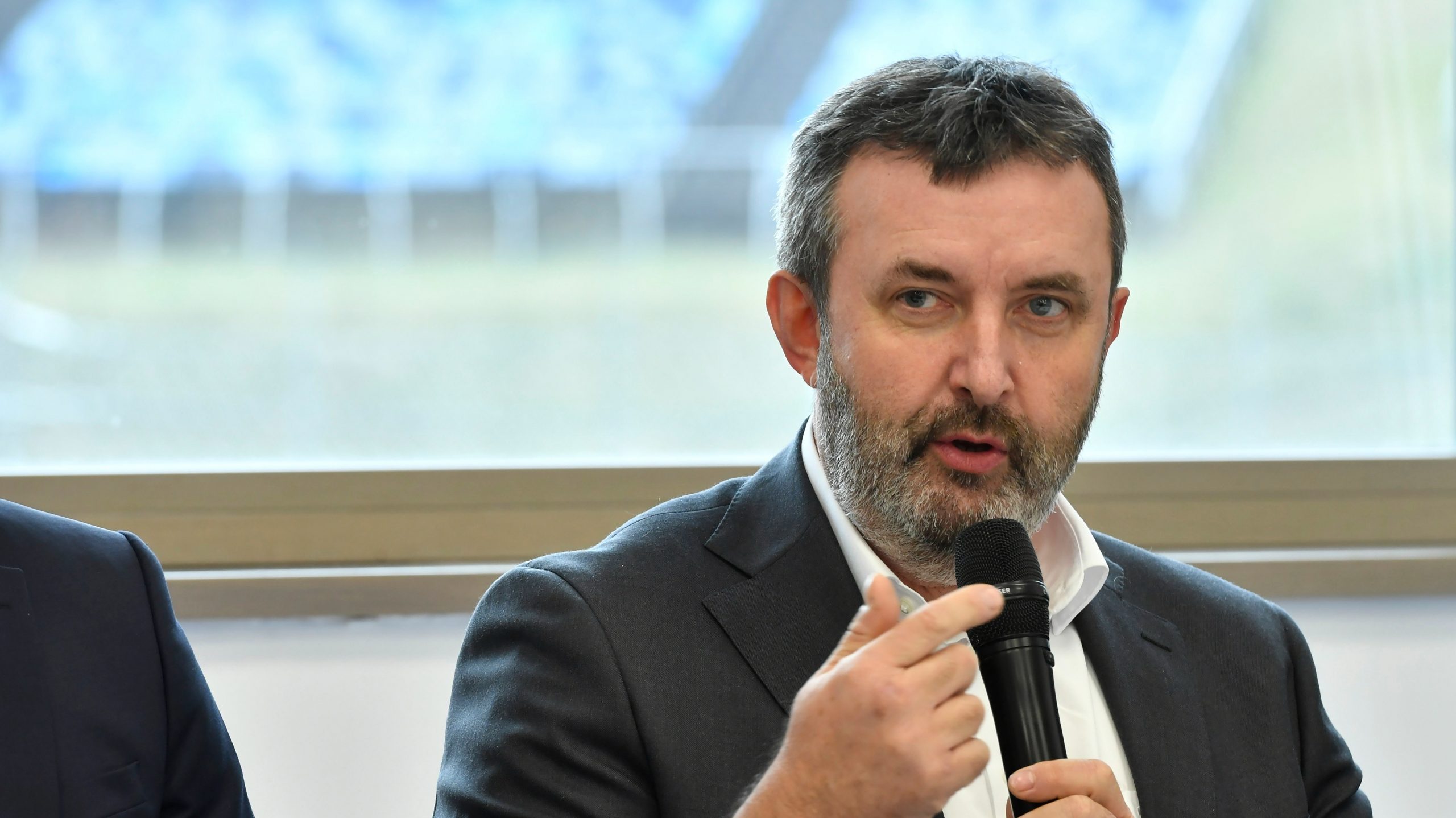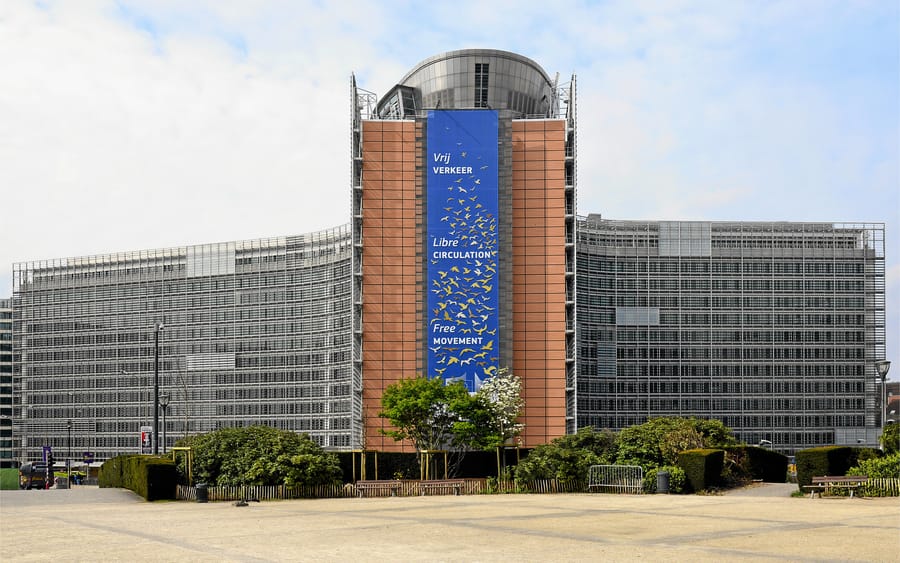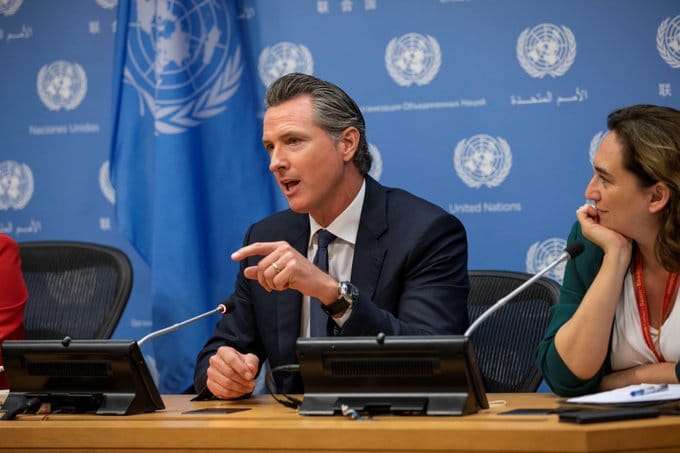The Hungarian government is developing a detailed artificial intelligence strategy under the leadership of government commissioner László Palkovics, aiming to achieve 15% economic growth by 2030 through AI implementation, exceeding both regional (11.5%) and global (14%) forecasts. The strategic work, which began in 2018 and accelerated in 2024, is built on two main pillars: foundational elements, such as the utilization of national data assets, and specific projects developed in cooperation with the Artificial Intelligence Coalition, which brings together more than 500 companies.
Significant infrastructure developments are expected during the implementation of the strategy, including a 20-40 billion forint supercomputer investment, which represents a 20 petaflops expansion alongside the existing five petaflops supercomputer in Debrecen, likely to be housed at the Wigner Research Centre. In education, the goal is for at least one million people to become familiar with AI, and for 100,000 to obtain some qualification in this field. To this end, the first AI master's program in English was launched at ELTE in 2015, with plans to initiate bachelor's programs and develop a six-hour general educational curriculum. Specific financial support will be introduced to incentivise businesses: foreign companies will receive increased support intensity when deploying AI systems, Hungarian SMEs using AI will be preferred, and the launch of 200 AI-based startups is targeted by 2030. The impact of forints invested in AI is much more significant than what can be achieved by spending the same amount of money in other areas. I am very confident that we will find money for this; I previously worked effectively in this area as a minister, stated government commissioner László Palkovics.
Significant progress has already been made in practical applications: the Ministry of Justice is developing an AI legal advisory system, with a public beta version expected in the second half of the year; interactive learning materials are being created with AI technology in education; and in Zalaegerszeg, the technology is being used to promote labor market integration. Regarding labor market concerns, László Palkovics emphasized that the good news is that they don't take away jobs, only those that we would have to do now, despite them being dangerous or complex tasks. But new jobs and positions are being created. Hungary follows the EU's AI regulations, which, according to the government commissioner, will not hinder the spread of domestic applications, while the country aims to achieve a leading position in this strategically important area within the region.
Sources:
1.

2.

3.










